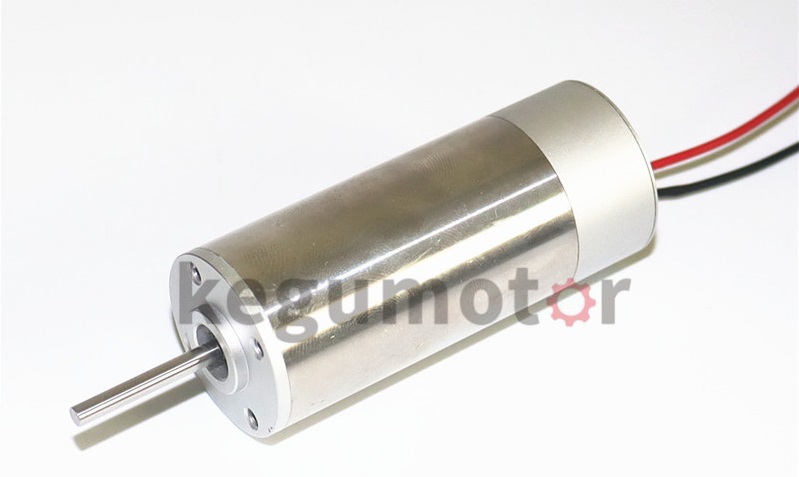Tel
0755-27801762
There are two main types of brushless motors: inner rotor type and outer rotor type. The brushless motor is composed of permanent magnets, windings, magnetic pole sensors and driving circuits to realize the function of the motor. This type of motor is good at speed control and energy saving. Compared to using inverters and firing angle control to control the speed of induction motors, these motors can be used in a wider speed range, from low to high speed rotation.
In addition, permanent magnets are used in the rotor. Since the brushless DC motor does not need to induce current in the rotor, it has the advantages of compact structure, high output power and high efficiency. However, brushless DC motors have traditionally been expensive and limited in scope due to the need for permanent magnets, pole sensors and special drive circuits in the rotor.
In recent years, with the development of electronic devices and the improvement of the integration of electronic components, the cost and size of driving circuits have been reduced. In addition, due to the increasing demand for energy saving in response to global warming, BLDC motors are widely used in energy-saving appliances such as air conditioners, refrigerators, and washing machines, as well as drive motors and motors for on-board electric and hybrid vehicles. Its compact size and high output power make it suitable for a variety of applications, including touchscreen tablets, disk drive equipment, and cooling fans for drones. Since brushless motors have fewer structural design constraints, several designs have been developed. We will explain the characteristics offered by the two most typical designs.
Types of brushless motors
1. Inner rotor brushless motor
For the "inner rotor" type, the rotating part (also called the rotor) is located inside the stator and the segmented permanent magnets are mounted on the outer surface of the rotor. It has good acceleration and deceleration response due to small rotor diameter and small moment of inertia. In addition, since the stator is close to the motor surface and dissipates heat well, a compact motor with high output power can be realized.
This is a typical brushless motor configuration and is widely used. In my opinion, they can save a lot of space or be an effective option for material handling applications such as pulleys driving conveyor belts and/or wheels driving AGVs.
2. outer rotor brushless motor
For the "outer rotor" type, the rotor is located outside the stator and the permanent magnets are located inside the rotor. Segmented permanent magnets are mounted on the inner surface of the rotor. The positions of the stator and permanent magnets are opposite to those of the inner rotor type. The cup-shaped rotor has large inertia moment and poor acceleration and deceleration response, which is not suitable for flexible movement, but can still provide good speed stability.
Due to the larger diameter of the rotor, more magnets can be installed compared to the inner rotor type, and the number of magnetic poles is increased compared to the inner rotor type. This makes it possible to achieve high output power in a compact size. However, since the windings are located inside, the heat dissipation is poor, and the windings are prone to heat, which limits the working time. In a drone motor with an external rotor brushless motor, the rotor cup has ventilation holes, and the wind generated by the propeller helps keep the windings cool.

Fax:0755-27801760
Email:sales@kegumotor.com
Tel:0755-27801762
Address:No.36,Shasan Road, Shasan Community, Shajing Steet, Baoan District, Shenzhen, China
Copyright © 2021-2024 Shen Zhen Ke Gu Technology Co.,Ltd Case number:粤ICP备15066076号

